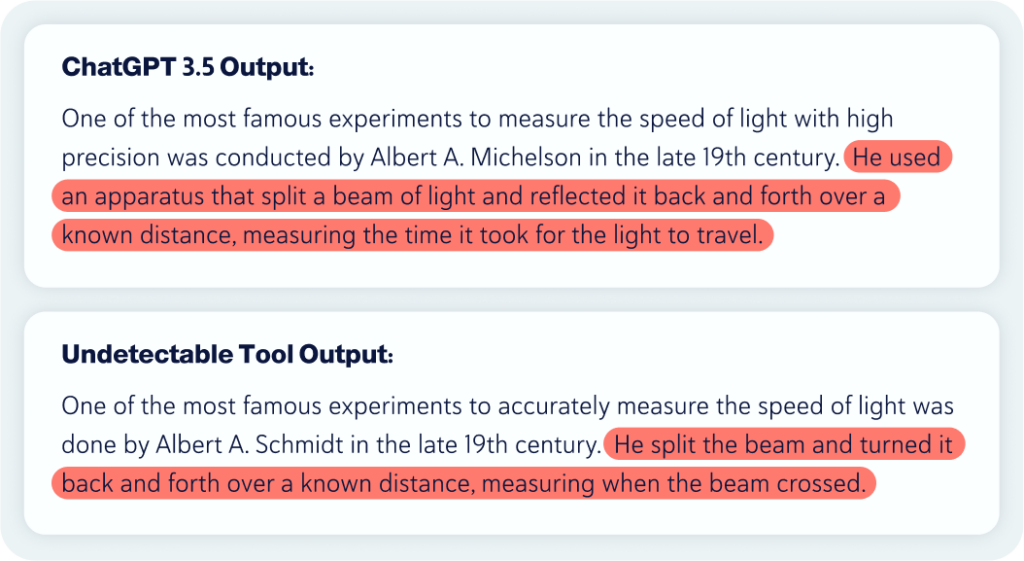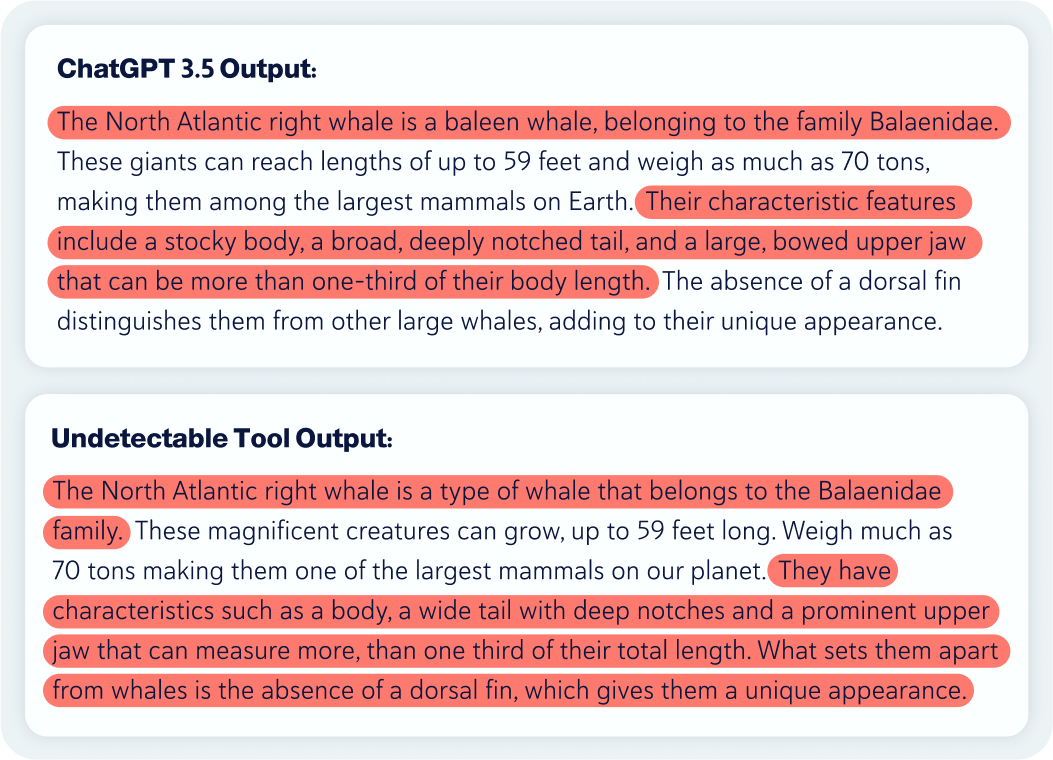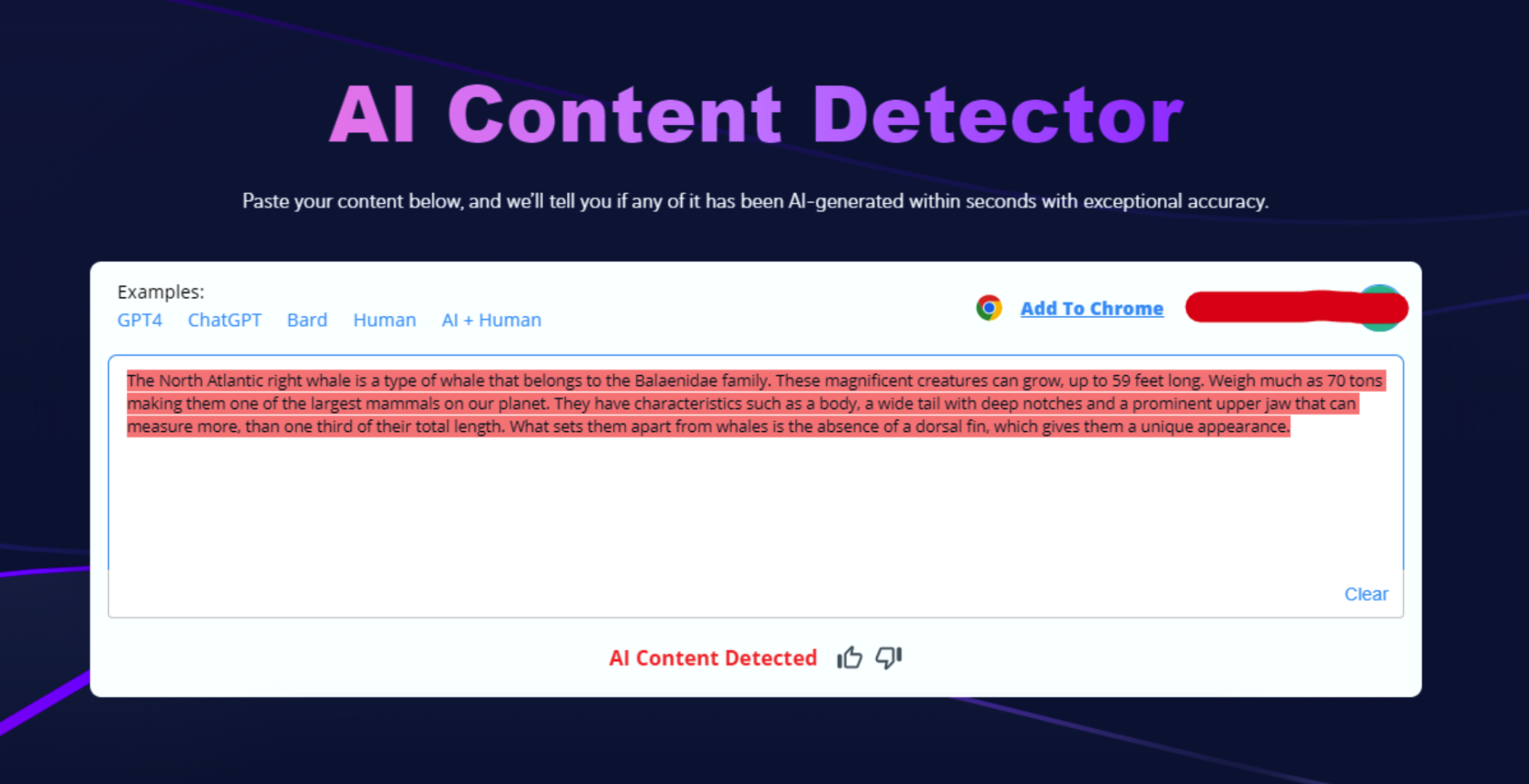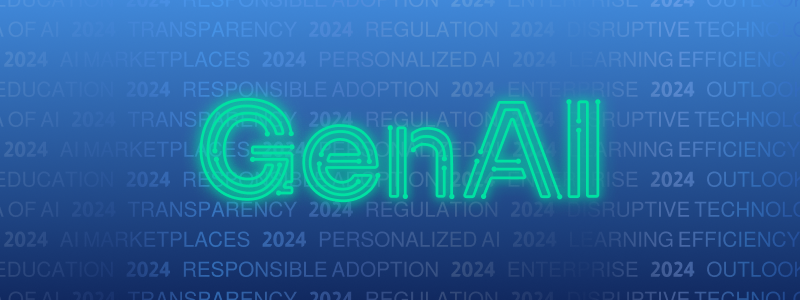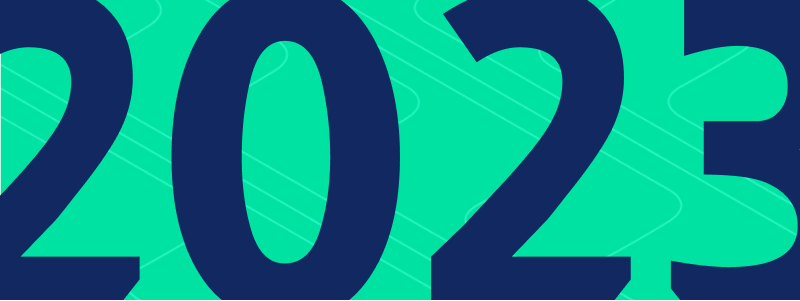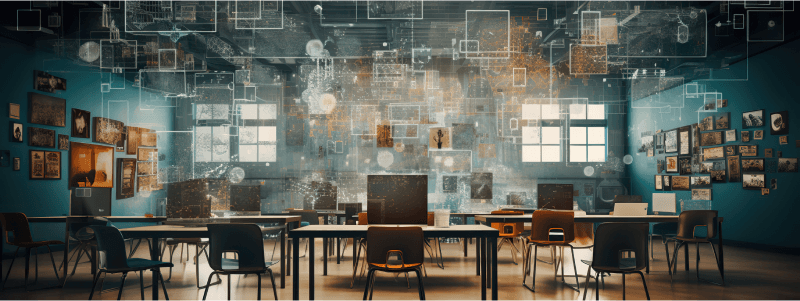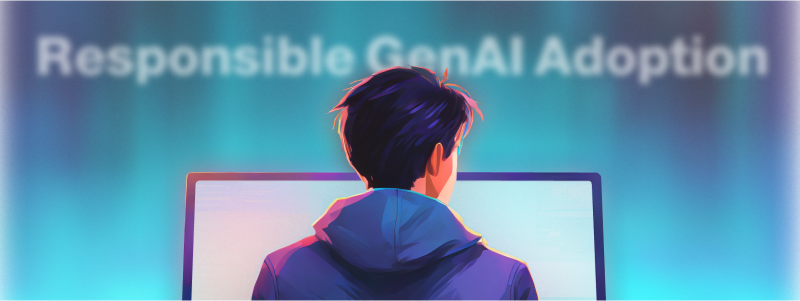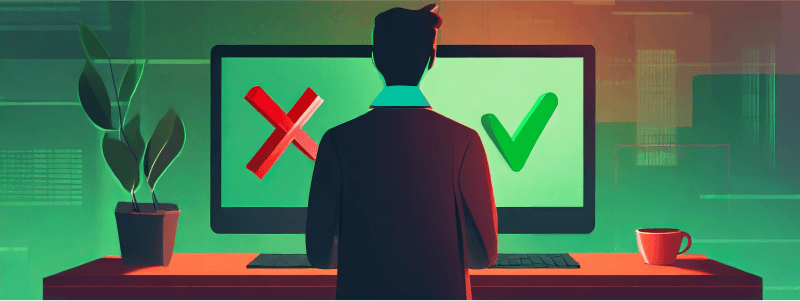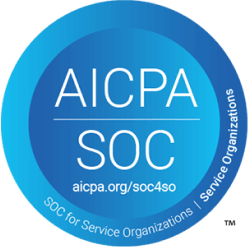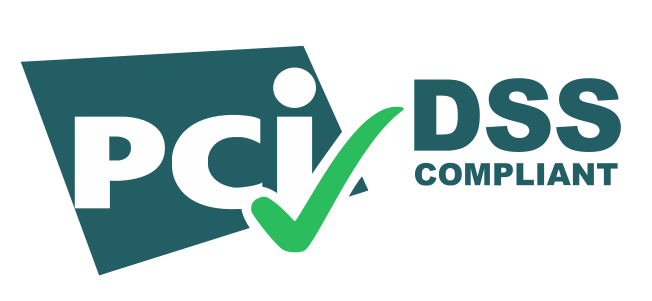In 2023, plagiarism seemed destined to become a background player once generative AI took center stage. After all, if you can have an entire essay written in a matter of minutes (if not seconds) by an AI, why even bother writing it yourself, let alone copying anyone else’s work?
Therefore, why worry about plagiarism anymore, right? Wrong.
As it turns out, plagiarism was gearing up for its second act.
Plagiarism takes center stage – again
Less than a month into 2024, plagiarism has dominated the news, specifically in higher education.
But plagiarism has been around for ages, so what’s the big deal this time?
For starters, plagiarism was considered passée following the rise of generative AI. The focus shifted from concerns about someone copying another’s work without proper attribution to AI-generated content and where it fits into our workflows and among educational curricula.
Then, last summer, plagiarism was somewhat in the conversation again, though not so much regarding the traditional sense, but through the lens of genAI and the rise of copyright infringement cases due to AI models.
Now, we’re back to basics. Well, sort of.
While traditional plagiarism never went away, what is putting it back in the news is that people are retroactively checking past works for potential plagiarism and finding results in the works of prominent figures. What we’ve seen as a result is that one thing never changes: the repercussions of plagiarism can be severely damaging to a career or academic record.
Yes, AI was considered (and still is) the big concern around integrity. But as it turns out, plagiarism is the plot twist many of us never saw coming.
Plagiarism is here to stay
Whether you’re a leader at a university, a student in high school, or a freelance blogger, the awareness of plagiarism is as crucial as ever. First, even if AI is getting attention for being a significant concern for academic and business integrity, that doesn’t mean the rules and considerations surrounding plagiarism disappear. Plagiarism may fade in and out of focus, but it’s never out of view.
But isn’t there such a thing as accidental plagiarism? Yes.
Accidental plagiarism is one of the most common forms of plagiarism we see at Copyleaks, especially among students. It can be a simple matter of forgetting to put quotations, incorrect citing methods, etc.
Nevertheless, there are ways we can avoid accidental plagiarism by being proactive with utilizing the resources available to us. Tools, such as the Plagiarism Detector, are available not only to schools and businesses but also to the individual user. Therefore, freelancers, journalists, and even students can check any work before submission to ensure no accidental plagiarism may be found later.
While we’re on the subject, let’s take a moment to talk a little bit more about the role of plagiarism detectors. The recent high-profile cases of plagiarism may reinforce pre-existing ideas that these tools are used to police people or even try to catch and embarrass them. That should never be the case.
Instead, checking one’s original work with a content detection tool should be a natural step in the creation process to ensure integrity. And any case of potential plagiarism should be seen as a learning opportunity. If, for example, a case of plagiarism is flagged in a student assignment, the information provided by the detection tool should be used by the educator to open conversations and create a potential learning opportunity to avoid any feelings of shame.
With all this said, that doesn’t mean that AI is no longer something to consider. What all this means is that, along with AI, plagiarism should still be part of the integrity conversation. One does not remove the other. In fact, as we’ve seen, AI-generated content can often contain plagiarism.
So don’t count plagiarism out when it comes to your work, whether you write it yourself or use genAI to assist. As 2024 has already shown us, plagiarism never goes away; in fact, it can show up years later when you least expect it.
Embrace your originality and create with integrity from the start. You never know when your future self will thank you for it.



